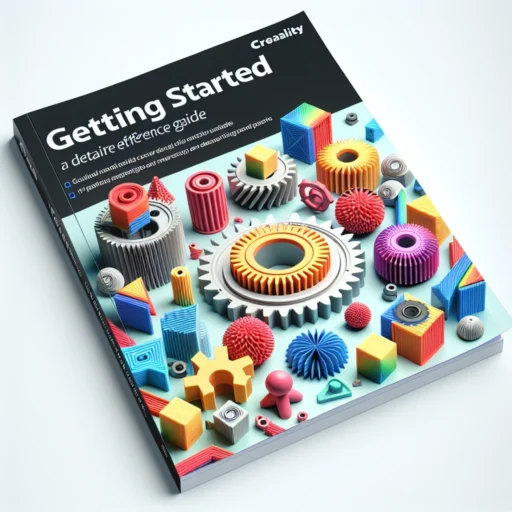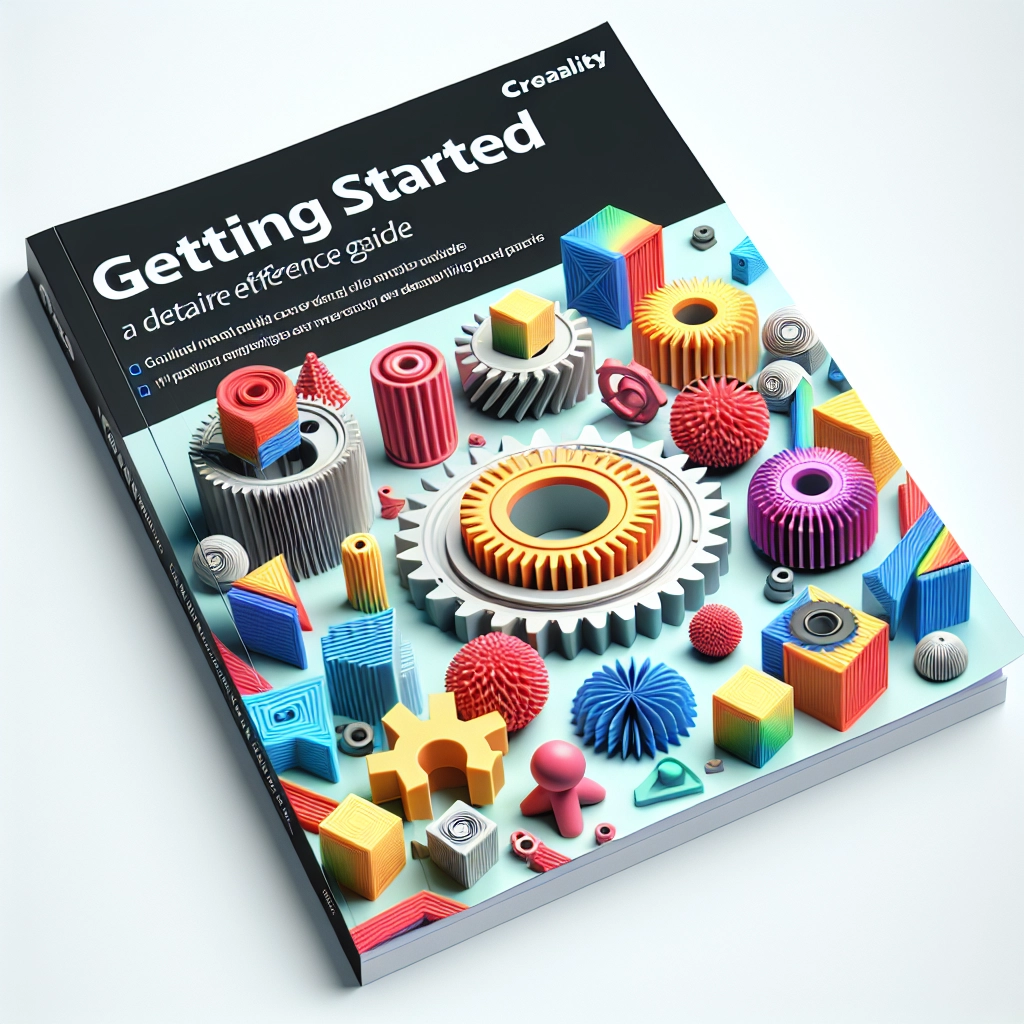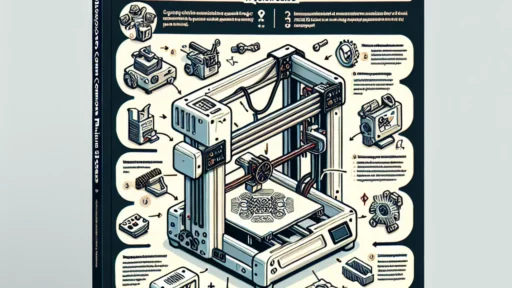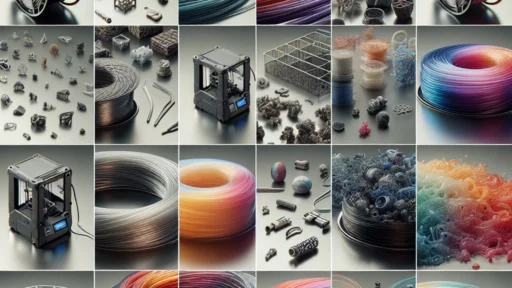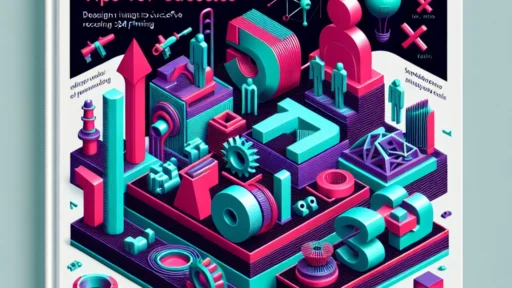Getting Started with Creality: A Reference Guide for New Users
If you’re venturing into the exciting world of 3D printing, chances are you’ve heard of Creality. Known for their user-friendly, reliable printers, Creality devices have become a popular choice for beginners and enthusiasts alike. If you’ve just bought a Creality printer or you’re contemplating diving into the 3D printing arena, this reference guide will set you on the right path and help you avoid some common pitfalls.
Unboxing Your New Printer
First things first: let’s talk about unboxing. Creality printers typically come packaged with care, but that doesn’t mean you should rush it. Before you tear into that box like a kid on Christmas morning, take a moment to make sure you have everything included. You’ll usually find the printer itself, power supply, manual, tools, and a sample of filament. Having everything on hand will save you from potential headaches later.
Assembly Made Easy
Depending on the model you choose, assembly can vary from minimal to more involved. Most Creality printers are semi-assembled, designed with user-friendly setup in mind. Follow the manual step-by-step—don’t skip ahead! This guide will illuminate not only how each piece fits but also why it’s important to place everything correctly.
Make sure to double-check that all screws and connections are tight. A sturdy setup will prevent many issues down the line, such as wobbling prints or misalignment. If you find yourself stuck, there are countless video tutorials online that can provide visual assistance. The 3D printing community loves sharing knowledge, and you might find a helpful tip you hadn’t considered!
Software Fundamentals
Once your printer is assembled, it’s time to get techy. The next step involves setting up slicing software, which prepares your 3D models for printing by converting them into a format your printer can understand. Popular options like Cura and PrusaSlicer are frequently recommended by the Creality community. You can download them for free!
When you fire up the software, it can seem a bit overwhelming. Don’t fret! There are plenty of online resources to guide you through the settings. Just be mindful of the temperature settings specific to the filament you choose. PLA, for example, typically prints at a temperature range of 190 to 220°C. Tuning your settings according to the material will lead to a better print.
Printing Your First Model
With your assembly and software behind you, it’s time for the moment you’ve been waiting for: the first print! Many new users start with calibration cubes or simple models such as a small vase or a keychain. There are great repositories online like Thingiverse or MyMiniFactory where you can find thousands of designs to download and print.
Before starting, don’t forget to level your print bed. An uneven bed can lead to serious print failures—so take the time to get it just right. Most Creality printers have a manual bed leveling feature, which makes this a straightforward task. Some newer models even come with automatic bed leveling, which adds convenience for newcomers.
Troubleshooting Tips
As in any new endeavor, there’s a learning curve. Prints may not stick, they may warp, or you might encounter clogs—don’t let these hiccups pull you down! Understanding common issues can help alleviate frustrations.
For instance, if your prints don’t stick well to the bed, try adjusting the first-layer height or using glue stick, painter’s tape, or a dedicated print surface. If you experience filament clogs, it might be time to clean the nozzle or check if your filament has absorbed moisture (which can happen if it’s left exposed).
Joining the Community
One of the biggest advantages of choosing a Creality printer is the vibrant community that surrounds it. Join forums, Facebook groups, or Discord channels that focus on Creality printers or 3D printing in general. Engaging with fellow enthusiasts not only gives you access to a wealth of knowledge but also allows you to share your experiences—your triumphs and your challenges.
Continuing Your 3D Printing Journey
As you become more comfortable with your Creality printer, don’t hesitate to experiment with different materials and techniques. From ABS to PETG and flexible filaments, the options are vast. Initiating cool projects, sharing your creations online, or even considering upgrades for your printer can keep the learning curve steep and the fun factor high.
So whether you’re printing custom items, prototypes, or just having fun experimenting, remember that every misstep is a stepping stone toward becoming a savvy 3D printing expert. Dive in, get your hands dirty, and enjoy the wonders that the world of 3D printing has to offer. Welcome aboard!


